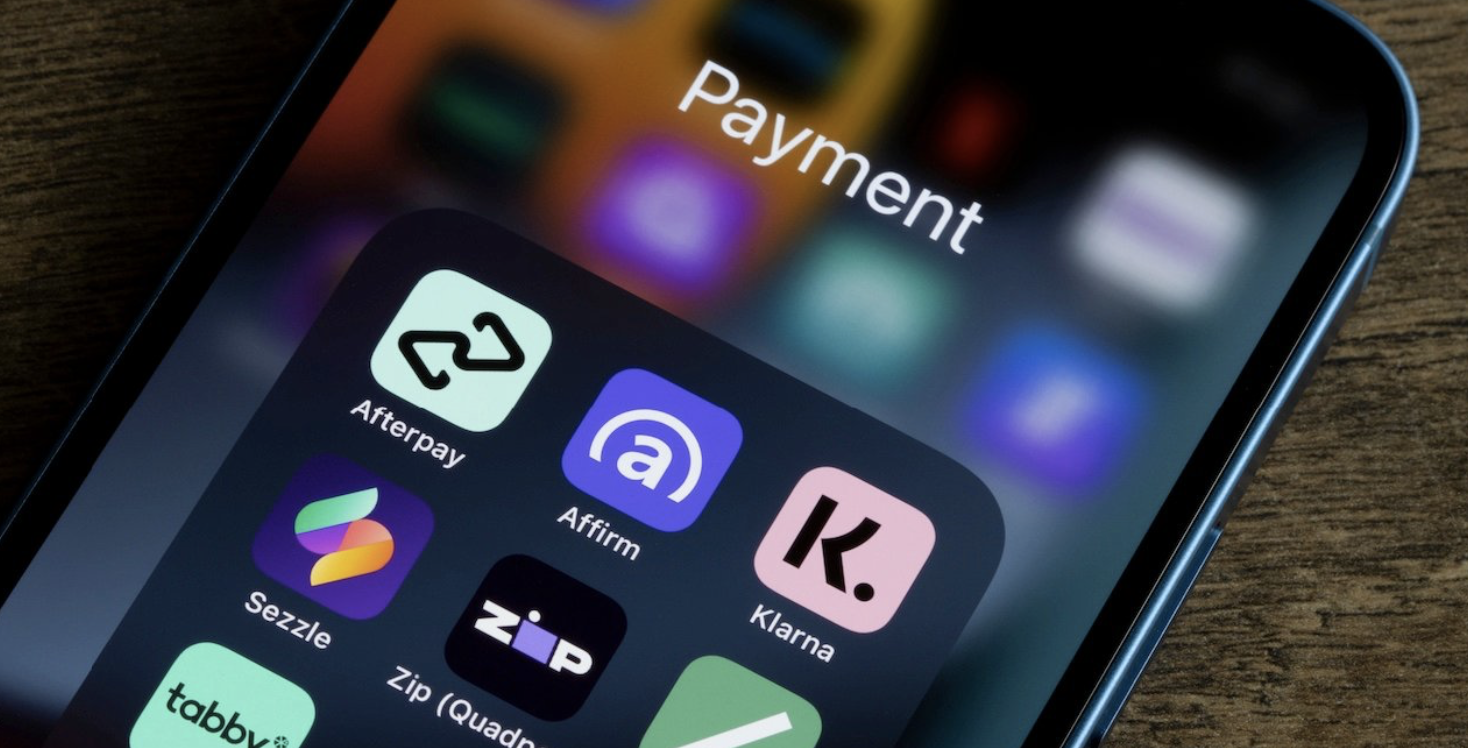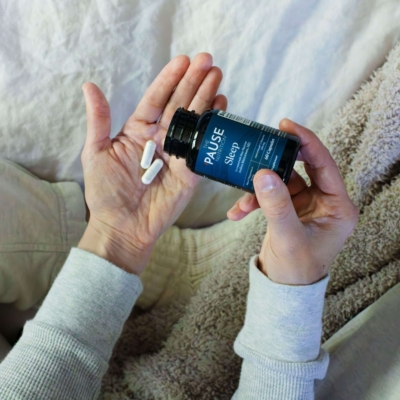
Buy Now, Pay Later And Beauty: Good Match Or Faustian Bargain?
With inflation and interest rates towering, it would seem to be the perfect time for interest-free loans. That’s the proposition of buy now, pay later (BNPL) services enabling consumers to space out the costs of purchases over a period of weeks or months.
But BNPL services are facing a reckoning as investors and critics question their business models. Major players have been swimming in losses, and it’s unclear what their paths to profitability are. As a result, the market has retreated. Klarna’s valuation was gutted 85% in a new financing round, and Affirm’s shares have plummeted more than 70% since it went public early last year.
In a recent New York article, Scott Galloway, professor of marketing at NYU Stern School of Business, podcast host and author, sounds the alarm about the consequences of BNPL programs. He writes, “The evisceration of the finances of a generation will suppress innovation and economic growth.”
According to eMarketer, 75% of BNPL users are gen Zers or millennials. While defaulting may not come with the threat of added interest, late fees on missed payments can quickly pile up, burdening users with debt and damaged credit. In a 2021 Credit Karma survey, 34% of over 1,000 users polled reported missing at least one payment while using BNPL services. Seventy-two percent of those missing a payment reported their credit scores subsequently declined.
For shoppers with financial literacy and easy access to credit, though, BNPL services can help stretch their budgets, particularly as the prices of a variety of products skyrocket. For consumer packaged goods businesses, BNPL options attract customers and increase average order values.
Despite challenges, the BNPL industry doesn’t appear to be slowing down. Market research firm Grand View Research projects it will advance at a compound annual growth rate of 26% from 2022 to 2030 to reach $39.41 billion globally. Merchant technology provider FIS estimates BNPL will account for 5.3% of e-commerce transactions by 2025.
Companies are still entering the BNPL sector. Apple will soon join the likes of Affirm, Afterpay, Klarna, PayPal Credit, Sezzle and Zip with Apple Pay Later. Afterpay has become the BNPL service of choice at big beauty retail. Following Ulta Beauty’s adoption of Afterpay in 2019, Sephora has just begun offering it on its website. Sephora has integrated Klarna, too.
Against the backdrop of the BNPL’s progress and difficulties, in this edition of Beauty Independent’s ongoing series posing questions relevant to indie beauty, we asked 12 beauty brands: What’s your take on the criticism of BNPL services? Do you presently offer BNPL services on your direct-to-consumer site, and if so, will you continue to do so?
- Emelie Joubert Brand Manager, VUSH
Like all good things in the world—champagne, chocolate, binge-worthy reality TV shows—everything is good in moderation. I think the same thing can be said about buy now, pay later schemes (BNPL).
It’s said that 43,000 companies in the world now use Afterpay, one of the dominating BNPL organizations. From this, on average retailers tend to see a 20% to 30% uplift in conversions. The same thing can be said here at VUSH.
We’ve seen our conversion rate grow consistently over the time since the introduction of Afterpay and Klarna services. With this in mind, can you imagine the positive impact BNPL has on small businesses?
It goes without saying BNPL is an instrumental business tool for any, and in particular; small or online, businesses to grow their conversions and revenue figures, especially in this economy. Deep breaths.
However, the issue that we’re currently facing is: Is this the right thing for our customers? Dollar bills aside, it can be said that BNPL schemes are detrimental to the finances of its users, with the potential to completely derail the "live-within-your-means" philosophy. Yet, on the flip side, BNPL schemes can also open up opportunities to its users by allowing them to afford items or services otherwise out of reach.
I think the real question shouldn’t be on retailers that use BNPL, but rather on the BNPL organizations that started it. How are they regulating the spending or overspending of their users? Should there be caps on their spending for each retailer, not just a universal spending limit? How do they plan to manage users who default on their payments?
These are all initiatives that we’d love to see implemented by BNPL organizations to help regulate the downsides of BNPL schemes.
- Cedar Carter CEO, The Good Patch
I’ve always thought there is a lack of financial education in our school systems. We learn how to do math, but most schools don’t teach the basics of managing your personal finances.
Young adults get out on their own and have no idea how credit and the resulting debt, whether via a credit card or BNPL, works and how detrimental it can be if not managed properly. The basics of managing personal finances should be a required course in every high school and college, in my opinion.
We do utilize a BNPL app, which we added due to demand. Ultimately, we have to listen to our customers, and they were telling us they wanted that option. I do think transparency of terms is very important and would agree with tougher regulations that ensure those terms are not hidden in the fine print or difficult to understand.
We will continue to utilize one of the main BNPL providers and give our customers the payment options they want.
- Bimpe Ayeni Founder, Blair + Jack
I do not use BNPL apps on my DTC website and have no plans to add them at this juncture. I think beauty consumers are sophisticated and money savvy. Being transparent about the cost of goods and services is important.
We live in uncertain times, and there should not be the added financial stress of payments that you forgot about. I appreciate the honesty of a brand that lays all the numbers out up front with no gimmicks.
- Elina Wang Co-Founder and CEO, ESW Beauty
As a brand, we understand that it may be difficult for younger consumers to keep track, but, overall, we do think the BNPL system is beneficial as it can help break down larger payments for those who do not have the room to make large purchases in one go.
As long as the customer is financially responsible and is able to budget wisely, BNPL is a great way for consumers to enjoy spending as well. Of course, consumers should be conscious of what they are spending with the BNPL system as it is easy to spend more than what you have.
As for our customers, generally, they do not utilize the BNPL as we strive to price our products within an affordable price range such as our Raw Juice Sheet Masks, which range from $6 per mask to $30 for our mask set. We offer BNPL via Afterpay and plan to continue offering this BNPL payment method.
- Neha Waheed Co-Founder, Triviso
A key value of our brand is affordability. Although our products are priced fairly to begin with, we find that a BNPL model provides consumers with an even more affordable shopping option.
While some can argue that the model gives the illusion of a cheaper purchase, our customers and the overall response we’ve received since putting the BNPL model in place shows otherwise. We want to provide all of our customers with a seamless and easy shopping experience.
For some customers, that means breaking up payments into smaller increments. We intend to keep our BNPL model in place for as long as our customers gain value from it.
- Fiona Co Chan CEO, Youthforia
I think BNPL is probably equal to credit cards in terms of interest rates. Both options aren't great for consumers because consumers can get trapped in fees and incur on more debt. For merchants, we also pay high transaction fees for both credit cards or BNPL.
We do have BNPL enabled on our website, but it's a tiny portion of our transactions. This might have to do with our price point and category (i.e., being in beauty versus being in one-time high-ticket items like furniture or electronics.) We will continue to do so because we want to provide optionality for our customers.
- Matthew Rodrigues Founder, MATTR Cosmetics
I sympathize for the consumers that fall into the BNPL debt. However, I can understand both sides. It's a great system to have if you're a consumer who is keeping track of your finances and being disciplined in paying bills on time.
Unfortunately, for those who don't know how much they spent last month, this can put individuals and families at great risk of getting into debt, and with the BNPL apps, you're able to buy more products for a "cheaper" price. But, in the long run, it's costing you more money if you're missing payments and accruing interest and fees.
We want to give everyone the freedom to be able to buy something they truly want right away if they are unable to afford the full payment at this time, so we will be utilizing one of these apps in the near future.
- Jennie Chang CMO, Manyo
We are currently offering BNPL in our direct-to-consumer shop to offer flexibility of payment to our customers. Although it may be an illusion of lower price, it may help to lower the barrier to purchase for low-income customers.
This may also increase the total purchasing capability for mid-level income customers who aspire to purchase the entire line or collection of Manyo products. We believe offering options will help our customers so we do intend to continue this offer.
- Anastasia Bezrukova Founder, Minori
Since day one of launching my makeup brand Minori, I have been against leveraging buy now, pay later apps as they go directly against Minori's minimalist ethos and mission of promoting mindful consumption.
I encourage my customers to shop smarter and buy products in a more intentional and mindful way, even if it means waiting a bit until they can do so in a financially responsible manner.
This topic is very personal to me as I was myself an overspender in my early 20s. I eventually sought out a more minimalist lifestyle to overcome my tendencies to make impulse purchases. These apps were not around when I was younger, but I have no doubt they would have made it even easier for me to get into financial trouble.
As a business owner, I understand the temptation to leverage every tool in the toolbox to maximize sales, but this is one I strongly urge beauty founders to stay away from.
- Brittany Lo Founder, Beia
I think the option overall is helpful and provides options to consumers, but comes with the responsibility to budget accordingly. It's a similar comparison to credit cards. The banks allows you to spend a certain amount, but it's up to the user to save and spend their money accordingly.
We do utilize BNPL on our site. It's nice to be able to buy items both personally or for our business and have the payments installments so we can plan for the expenses.
Money now is better than money later, so if it's an item that is worth doing BNPL I will continue to do so, but I find more value in offering it to our consumers than for my personal shopping needs.
- Alfred Naayem Operations Manager, Shikohin
I actually like the flexibility BNPL apps give you to control your life and spending. I understand why they may face scrutiny since it may cause younger consumers to lose control over their spending. However, they do empower me to be able to spend on the products that I like and manage my cash flow and credit usage.
It can quickly pile up, so I think service providers should take on the responsibility of providing transparency and education through an intuitive dashboard, so that individuals can really assess the amount of cash they owe rather than letting risky payments run freely in the background.
I haven't looked into the risks of their business models since they are perfectly positioned to be able to repackage and sell debt for PV earnings (hello financial crisis of 07/08).
For our e-commerce business, implementing this means it would lower the barrier to entry for consumers who want to be able to use cleaner, natural products and benefit from formulas that contain more high-quality or luxurious raw materials that you can't get at your local drug store. BNPL implementation is in line in our current website development pipeline.
- Irina Gottesman Co-Founder and CEO, House of Gro
We offer Four buy now, pay later on our DTC platform. It appeals to affluent clients as well as clients that prefer time to pay interest-free. We absorb the processing fees to offer this flexible payment option, and the company has been great to work with.
As with any financial obligation, the consumer should track their purchases and be able to afford the monthly payments.
If you have a question you’d like Beauty Independent to ask beauty entrepreneurs and executives, please send it to editor@beautyindependent.com.






Leave a Reply
You must be logged in to post a comment.